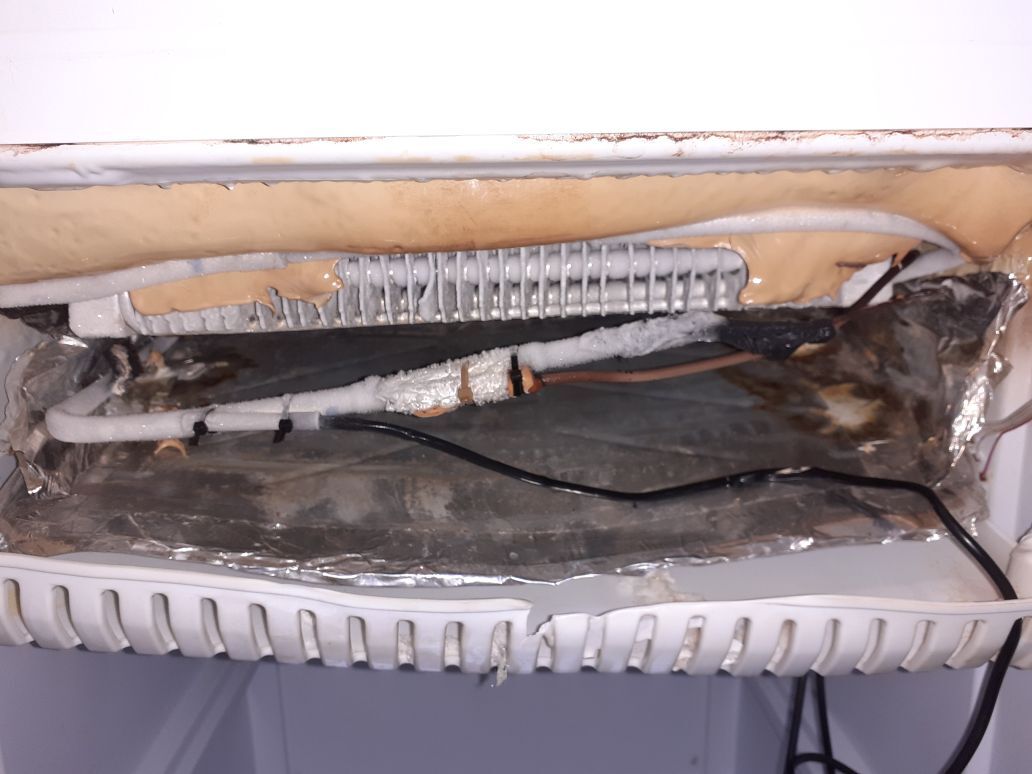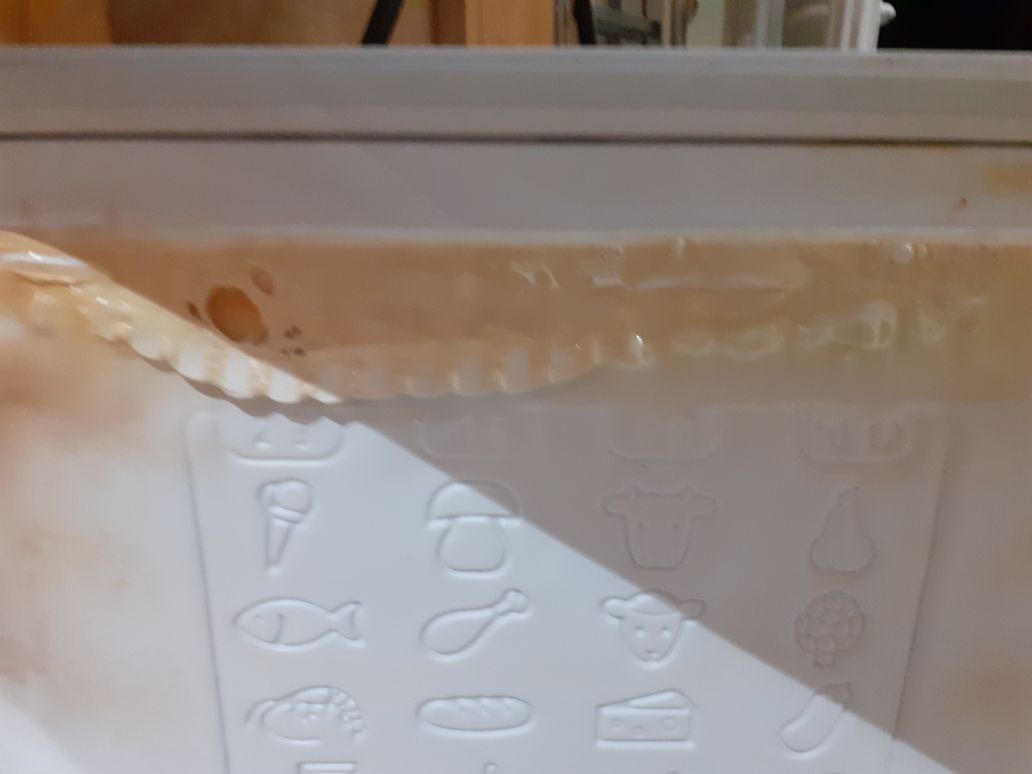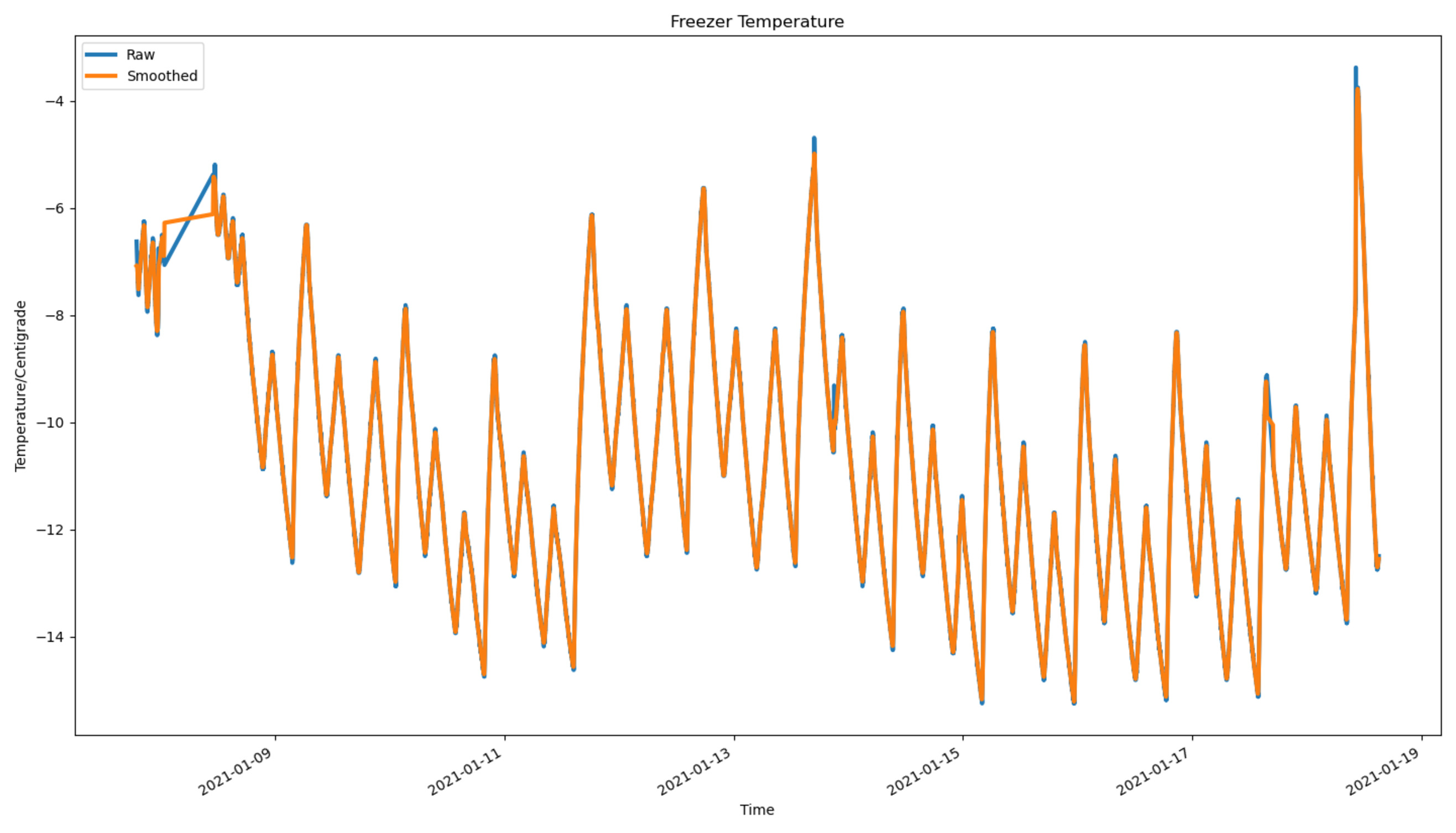Like many ageing Honda Civics our VSA and ABS lights have been coming on sporadically for the last few months. Now they’re stuck on all the time.
First I suspected the battery, so I duly measured the no-load voltage (~12.6V: not great, but not awful either), the voltage dip when running the fuel pumps, (~11.6V) and the voltage dip when starting (briefly around 10V, but I didn’t have a scope on it). Yep, the battery is ageing. What about its internal resistance? Everyone did this at school, right—you put a load across the battery, measure the current through the load and the voltage across the terminals before and after; then you assume that voltage was dropped across the internal resistance and do R=V/I. The trouble is that the voltage drop is tiny, so you need a reasonable current. I couldn’t find any decent loads, but any load will do if you have an ammeter in series, so I disconnected the negative lead and used the car itself. Since the alarm promptly started going off (next time lock the car door!) that formed one data point, and then I turned the running lights on for the other. With the multimeter in relative mode even the subtraction was done for me:
[Read More]


